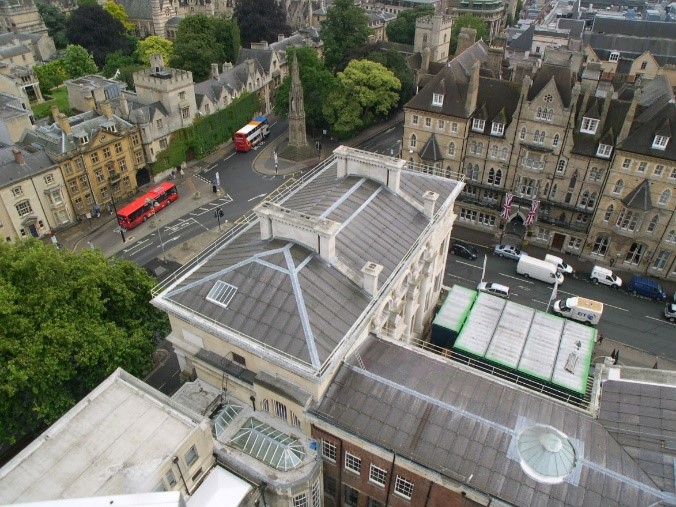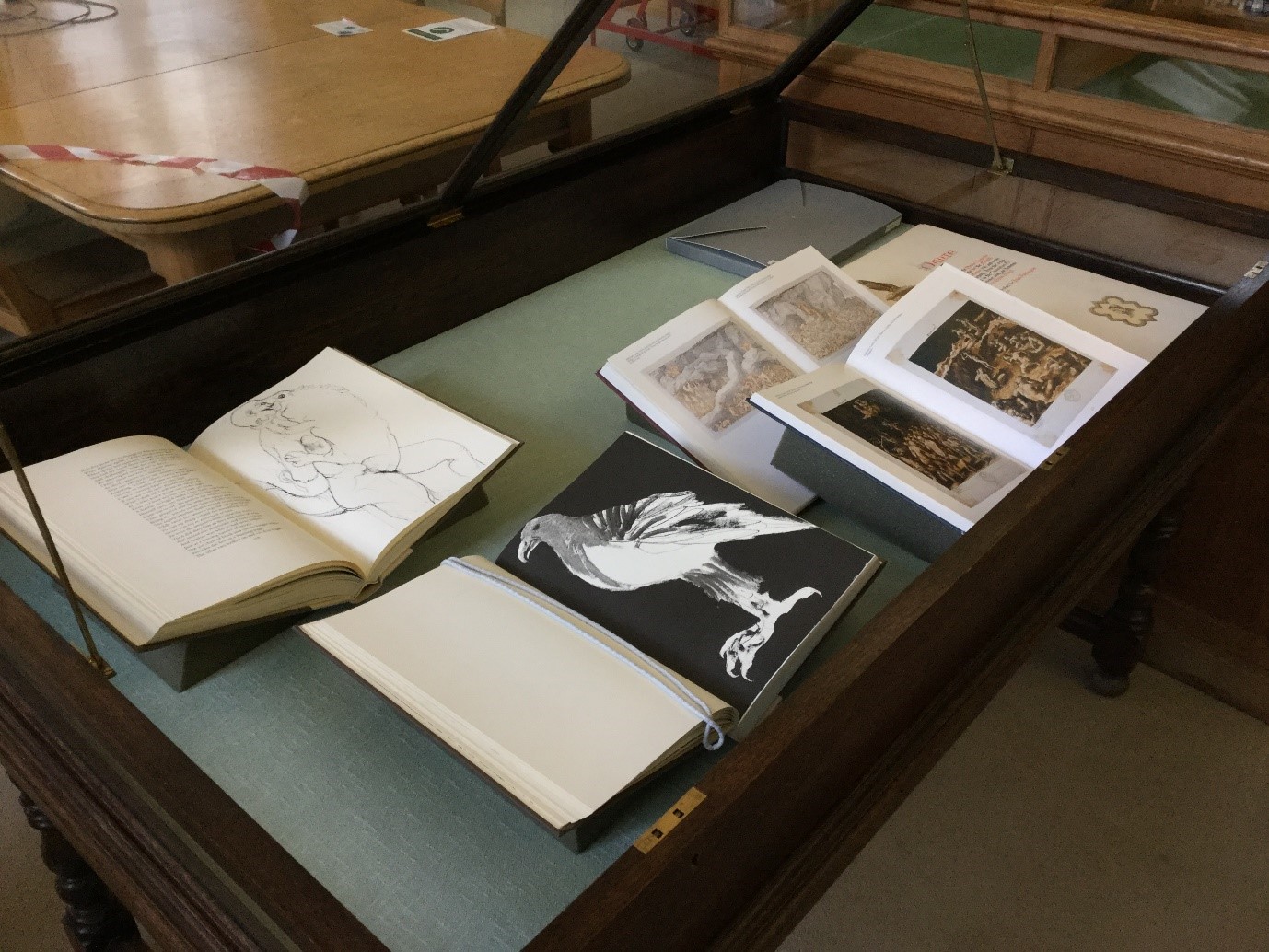…and a belated welcome to your new home!

After my recent experience of assisting in the Taylor Institution Library’s (and the wider University’s) celebration of 700 years of Dante Alighieri’s contribution to literature, philosophy and the arts, another birthday of note from among the literary canon is almost upon us: Fyodor Mikhailovich Dostoevsky, the Russian novelist, essayist and journalist, celebrates his 200th birthday on 11 November 2021.
While Italy continues to hold a very special place in my heart, Russia is never far from my thoughts. Thus, an exciting discovery since returning to Oxford and joining the Taylorian has been finding the Russian and Slavonic Collections of the library reunited with the rest of its holdings. When I was last in the city, many Russian texts relevant to my research could be found housed in the Faculty of Medieval and Modern Languages buildings on Wellington Square. Their transfer – along with the rest of the library’s Slavonic holdings – back into the main site means that I’m never far away from a chance to reconnect with this fascinating region – and its literary heritage!
In fact, another key project from my opening months in the new role has been the reclassification of the Slavonic Undergraduate Collection – which includes many classic works of fiction in their original language and English translations – from an old, almost-Library-of-Congress-but-not-quite catalogue system into the more standardised version of this shelfmarking standard. It will bring the Undergraduate Collection in line with both new additions to our Slavonic Research Collection (also housed in the basement) and other languages (and subjects) represented across the library.

In recent weeks, I’ve been working with one of the senior librarians in this process, Jola Hood, who is working like a labour-prize-worthy Stakhanovite to overcome the disruption of the last couple of years and its delay of the work, and ensure the collection is ready for students to access, as the new academic year begins.
Jola is responsible for re-cataloguing each book with a new shelfmark in Aleph (the University’s current computerised catalogue system) according to Library of Congress conventions. The item then comes to me (or one of my colleagues), ready to have this new identification recorded in the book itself, alongside the new collection reference (“Slav UG / LC” – Slavonic Undergraduate Collection / Library of Congress) in pencil, before crossing out any pre-existing shelf marks and barcodes that pre-date the changeover. You can find images showing the separate stages in this process in the gallery below. This crossing-out of the old record, rather than its complete removal or erasure, is actually an important step in preserving the historical record of each book’s life in the library’s collections. Inevitably, books can become lost, misplaced or misidentified over their lifetime, and it’s useful to maintain this physical record of their past journey through the catalogue should some detective work be needed to bring them back to their proper place on the shelves.
The final step is printing a new spine label with the LC shelfmark and adding an identifying red spot to distinguish the Undergraduate Collection from our Research Collection (which have green spots). With so many languages represented in the library, and the further separation of teaching and research collections, these extra steps are essential to the smooth running of the day-to-day re-shelving process.
All this is to say that, aside from the birthday wishes that Dostoevsky is due, a belated ‘welcome to your new home’ on the shelves of the Taylorian is offered from one former-Siberian exile to another:
С Днем Рождения, Достоевский! Добро пожаловать!
(S Dnem Rozhdeniya, Dostoyevskiy! Dobro pozhalovat’!)
I’m sure that with many of the usual opportunities for current students and researchers to be properly introduced to the holdings of the library being curtailed by lingering pandemic protocols, I’ll be called on to direct them to our basement shelves over the coming weeks. And having now been involved in the process of making sure the right books find their way to their new home – Dostoevsky’s works included – it already feels like one of the areas of the library where I, too, feel most at home already.
Malcolm L. G. Spencer
Graduate Trainee, Taylor Institution Library














Recent Comments